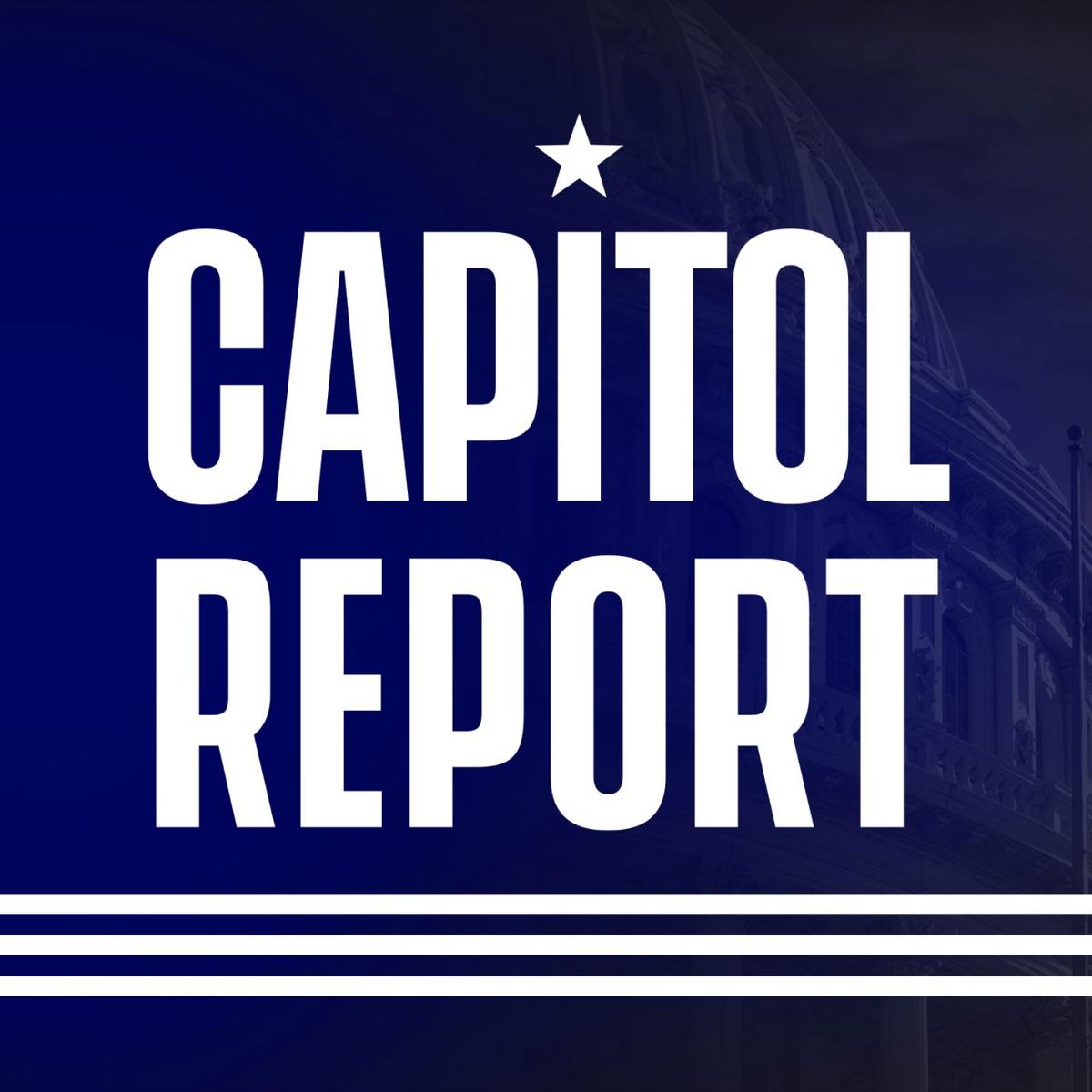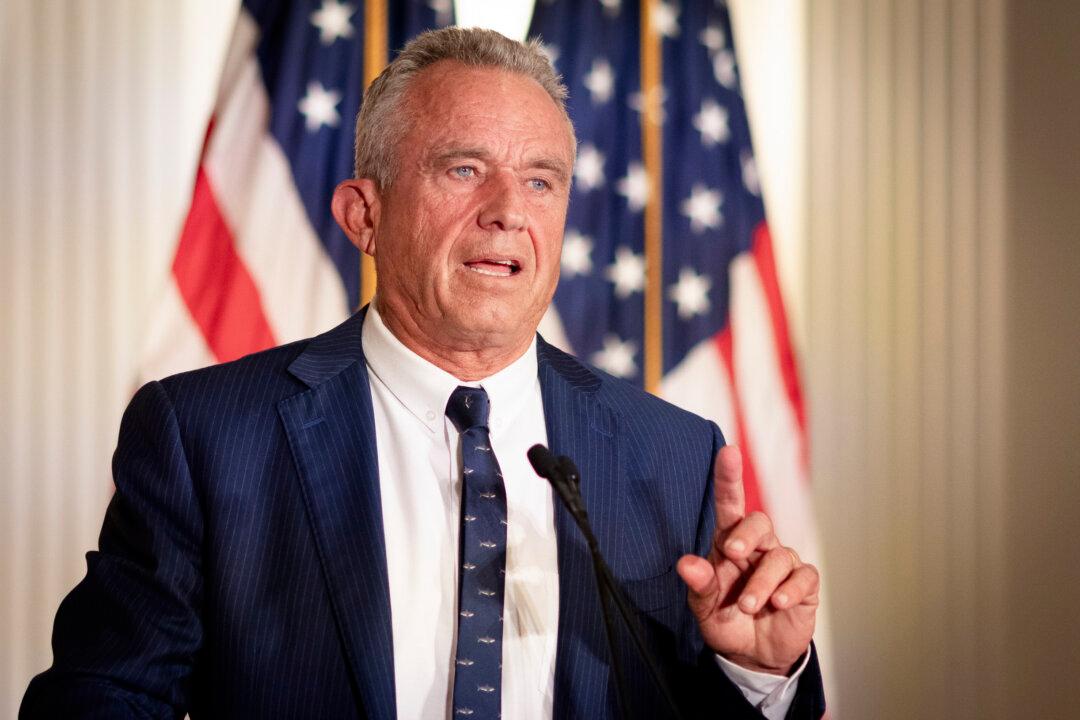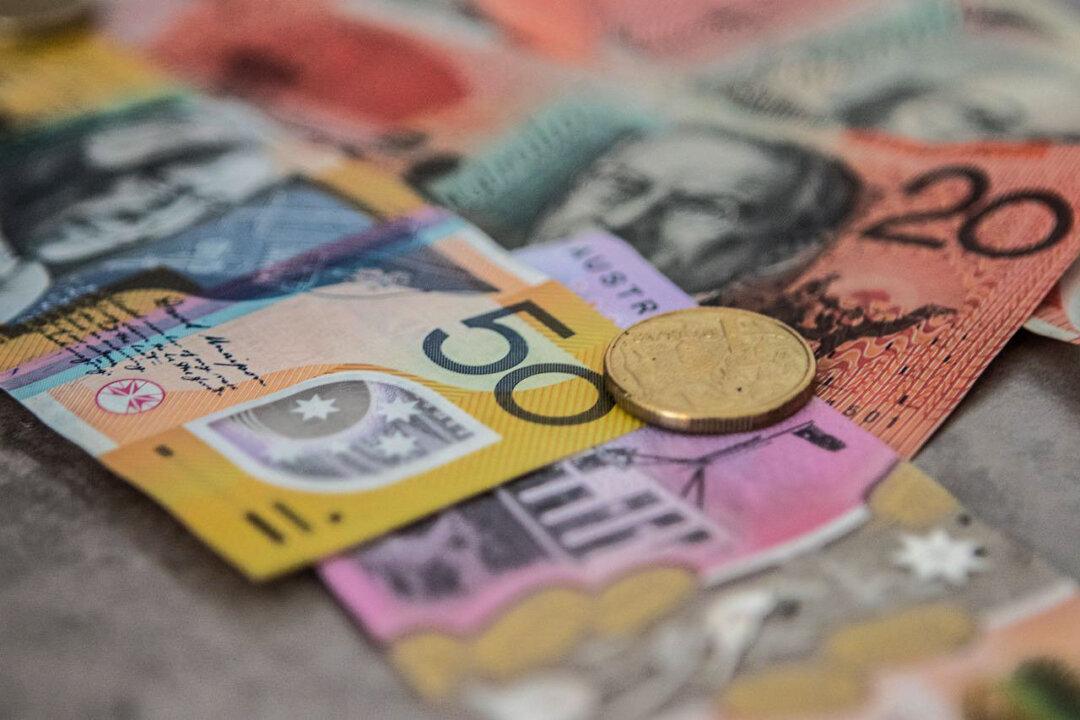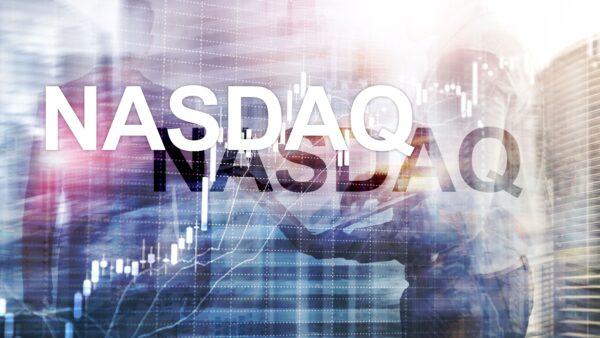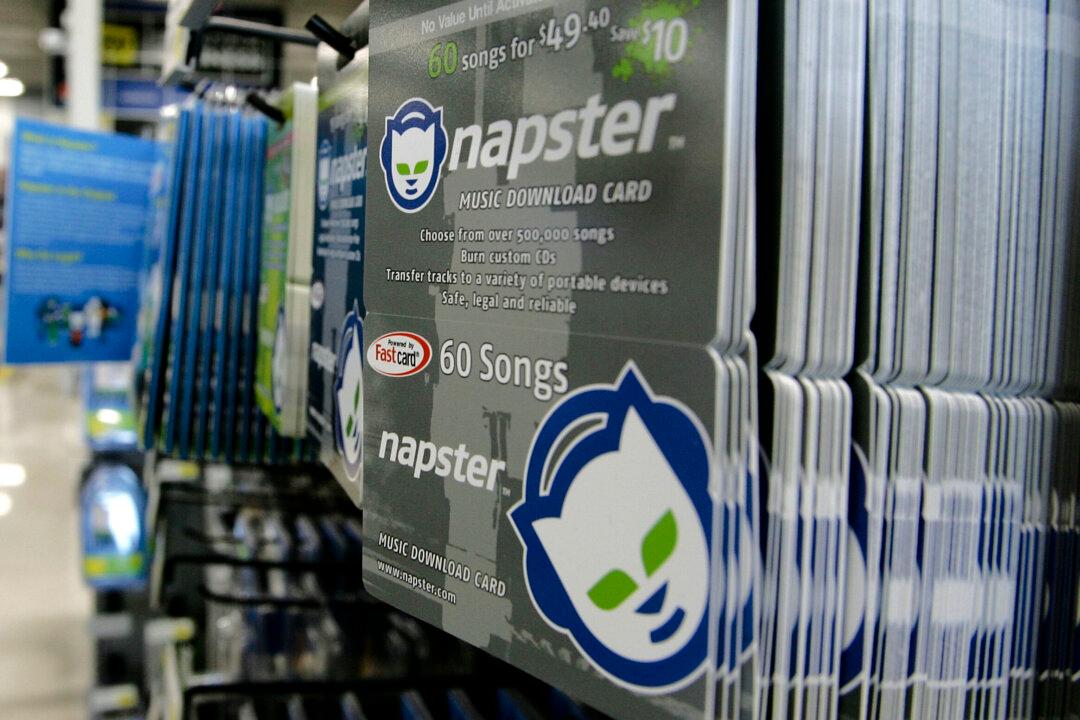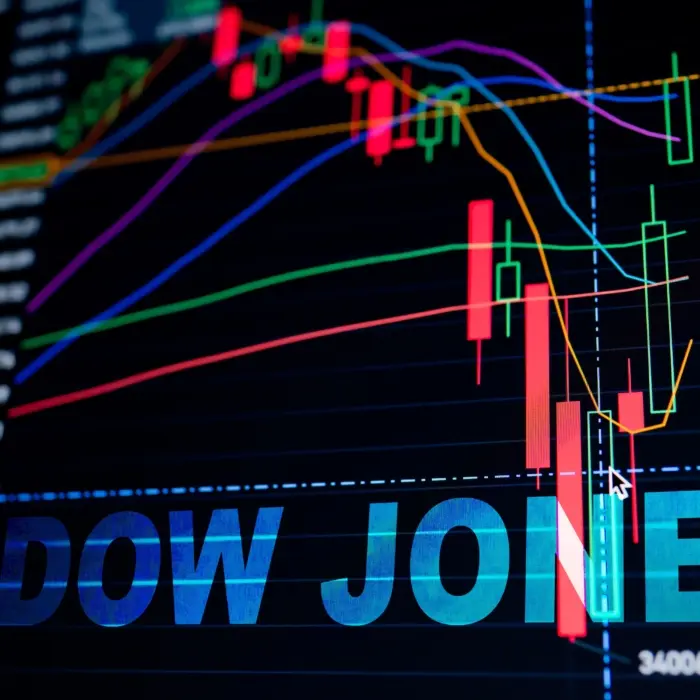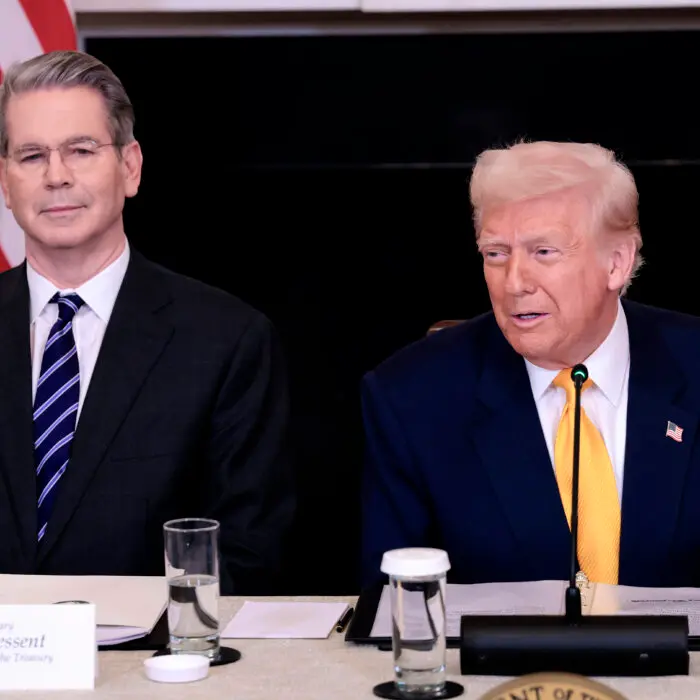Trump Announces 25 Percent Tariffs on Imported Cars
The auto tariff will take effect on April 2, when the United States will impose broad reciprocal tariffs on its trading partners.

Steve Fossett: ‘The Adventurer’s Adventurer’
In this installment of ‘Profiles in History,’ we meet a commodities broker whose love of adventure established him as the greatest world-record holder.

‘Bob Trevino Likes It’: A Heartwarming Tale of Surrogate Fatherhood
‘Bob Trevino Likes It’ reminds us that valuable human relationships can occur randomly and that spiritual connections can be far more powerful than bloodlines.

Ex Libris: Harry Truman
In this installment of our ‘Ex Libris’ series, we look at the books that influenced the last US president who guided the country through post-WWII changes.
Most Read
Top Stories
Appeals Court Allows Block on Trump Admin’s Deportation Proclamation
Judge Justin Walker dissented from the decision.
Appeals Court Halts Judge’s Order Requiring Musk to Hand Over DOGE Records
A federal appeals court has blocked a court order that would have required Elon Musk to turn over records tied to DOGE’s government downsizing efforts.
Over 1,500 Shen Yun Performers and Family Members Call for Investigation of CCP Influence Targeting the Art Group
The CCP in recent years has stepped up its sabotage campaign against the performing arts company, representatives said at a Lincoln Center press conference.
Reported Arrests of China’s Top Military Brass Indicate Political Crisis, Experts Say
Some analysts have said that the purge suggests that political infighting within the communist regime has intensified.
A Look at Trump’s Tariff Plan to Revive the US Auto Industry
Tariffs are a component in the toolkit Trump is using to achieve his goal of restoring domestic manufacturing, experts say.
ICE Arrests Chinese National Convicted of Illegally Acting as Foreign Agent
Ming Xi Zhang was arrested in Newark, New Jersey, early this week and remains in custody.
Federal Judge Denies Trump’s Effort to Ban Transgender People From Military
The judge previously ruled that the ban likely violates constitutional rights to equal protection.
DOGE Says 315,000 Credit Cards Have Been Canceled, Limited by Federal Agencies
Last month, DOGE said that more than 4.6 million credit cards were used across federal agencies last year.
Growing Crowds of Gazans Demonstrate Against Hamas
Demonstrations are rare against the terrorist group that runs the Gaza Strip. Crowds chanting against them have formed for two days in a row.
Signal App Is Pre-Installed on Government Devices, Gabbard Testifies
Testifying before the Senate, Gabbard noted a 2024 U.S. cybersecurity guidance recommending government officials use encrypted messaging apps like Signal.
Shen Yun Opens to Full House at Lincoln Center in New York City
Shen Yun Performing Arts brought 5,000 years to life on stage at Lincoln Center, stirring audiences new and returning alike during its opening night performance
Musk Tapped to Help Probe Signal Chat Leak Involving Journalist
The investigation seeks to uncover how The Atlantic’s editor accessed a sensitive Signal chat with top U.S. security officials.
Why Do Some People Remember Their Dreams While Others Forget?
Research is uncovering why we dream, who remembers them best, and how to improve recall.
Communist China Still One of the Worst Abusers of Religious Freedom, Report Says
‘The CCP persecution of people of faith reveals a regime that denies the dignity of the individual,’ Rep. John Moolenaar said.
Day in Photos: Migrants in the English Channel, Fishermen’s Protest in Chile, and Blooming Magnolias in Austria
A look into the world through the lens of photography.
NPR, PBS Chiefs Respond to GOP Allegations of Bias in House Hearing
The hearing comes a day after President Donald Trump said NPR and PBS should be defunded.
Tracking Trump’s High Level Appointments, Senate Confirmations
The Senate is undertaking the confirmation process for the president’s new administration.
Georgia Senate Votes to Ban Cellphones in Elementary, Middle Schools
Arkansas, California, Florida, Indiana, Louisiana, Minnesota, Ohio, South Carolina, and Virginia have enacted similar measures.
Almost 10 Million Student Loan Borrowers at Risk of Significant Credit Score Drops, Fed Warns
The damage will remain on their credit reports for seven years, said experts at the Federal Reserve Bank of New York.
Trump Admin Asks Supreme Court to Let It Block Education Grants Over DEI Concerns
A district court stopped the administration’s plan to cancel grants related to diversity, equity, and inclusion.
Belvoir Castle: A Gothic Revival Masterpiece
In this installment of ‘Larger Than Life: Architecture Through the Ages,’ we visit a faux historic castle in Leicestershire, England.
Special Coverage
Special Coverage












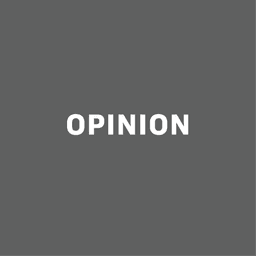






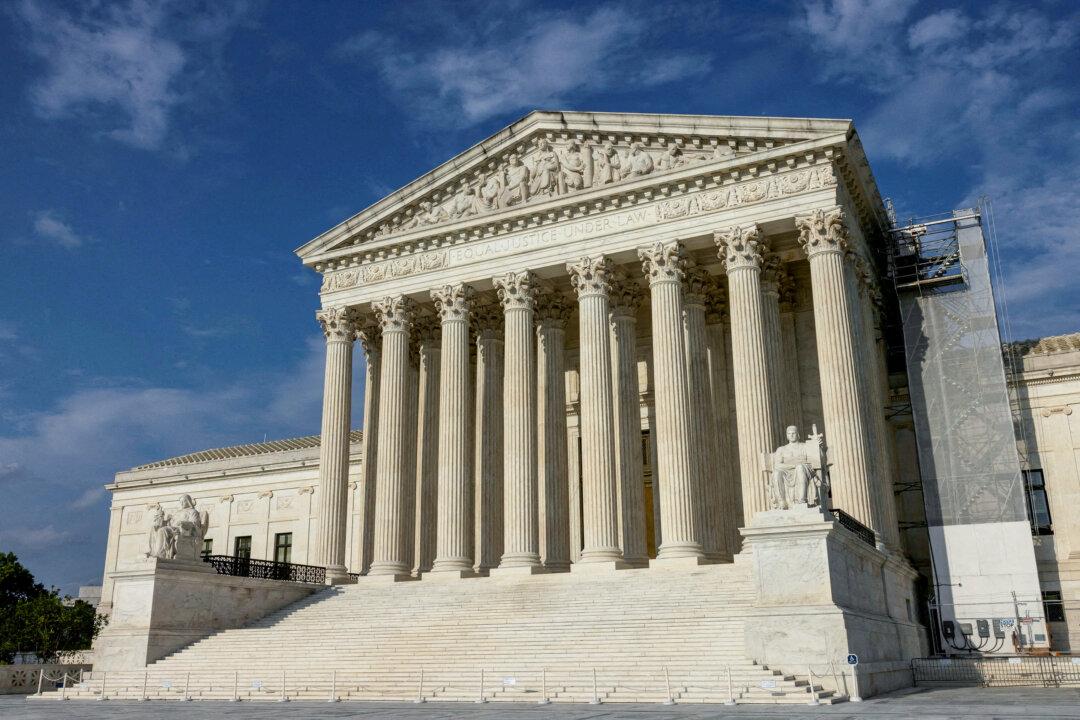






















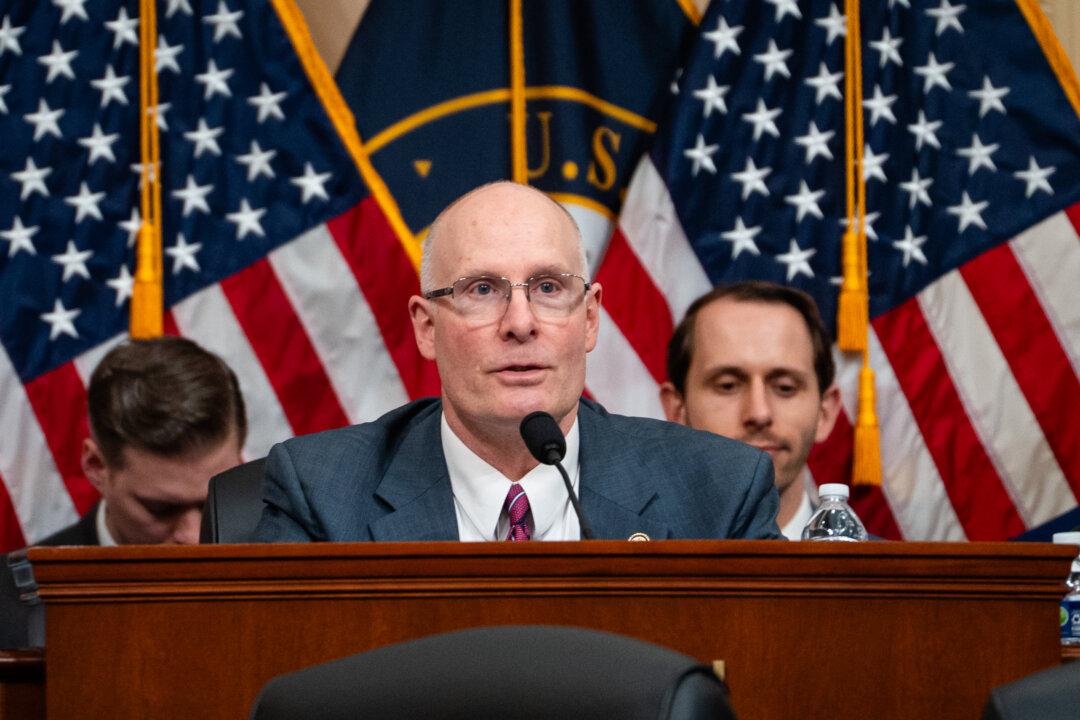












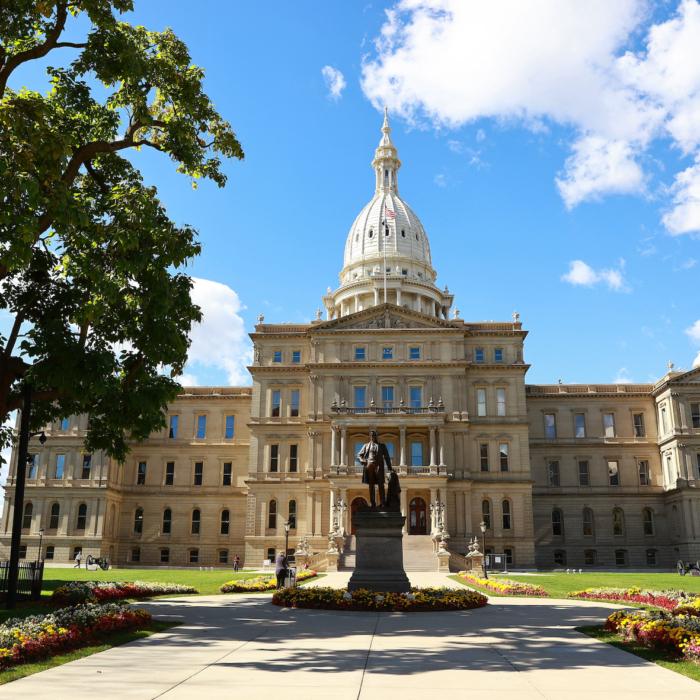






![[LIVE Q&A 03/27 at 10:30AM ET] Trump Mandates Proof of Citizenship for Elections | Live With Josh](https://www.theepochtimes.com/_next/image?url=https%3A%2F%2Fimg.theepochtimes.com%2Fassets%2Fuploads%2F2025%2F03%2F26%2Fid5831915-032725_REC-600x338.jpg&w=1200&q=75)













